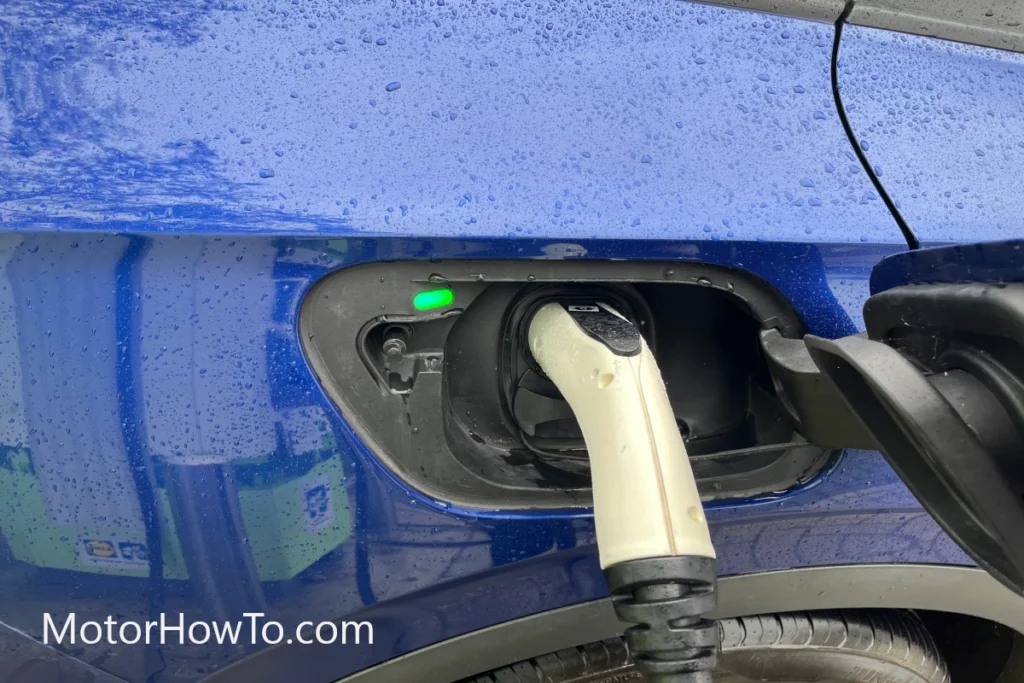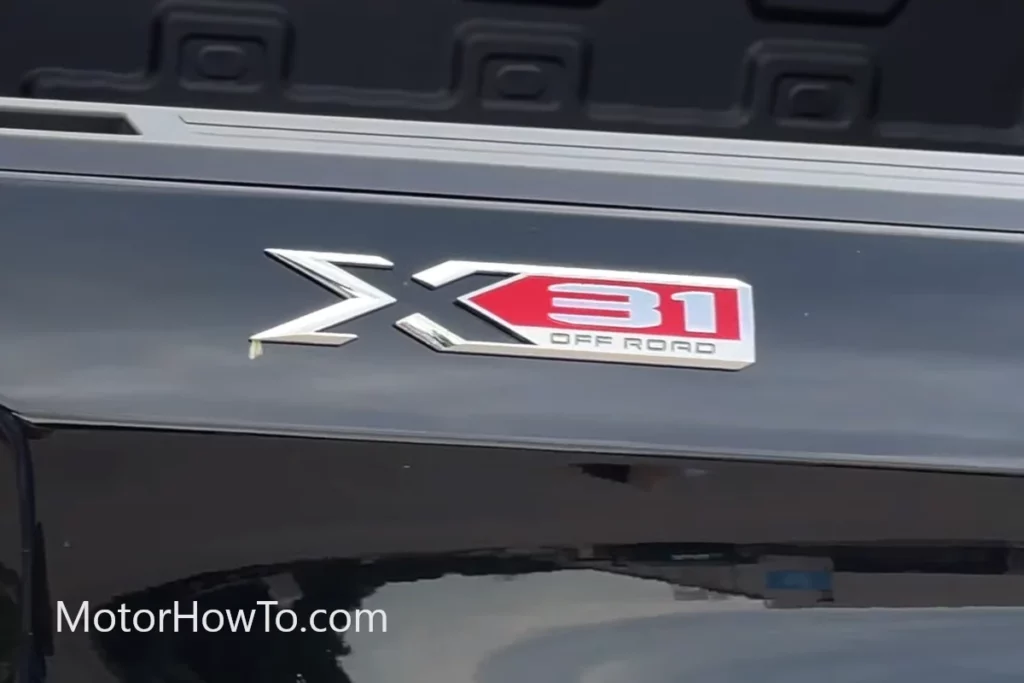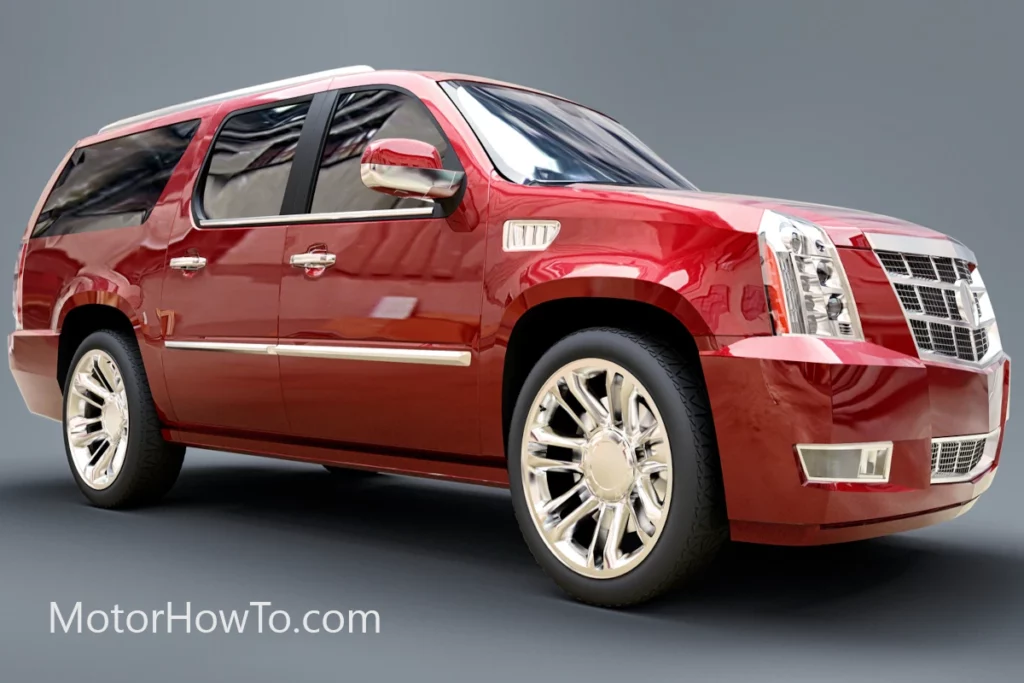Every vehicle in the world has an instrument cluster right in front of the driver and just somewhere near the steering wheel and within the driver’s view.
And while someone who is driving and has a car obviously knows how to drive, does it follow that everyone who also knows how to drive knows what an instrument cluster does?
In that regard, what does the instrument cluster even do?
Here’s what does the instrument cluster even do?
The purpose of the instrument cluster is to inform the driver of the latest information about his vehicle as he drives. It shows the speed, fuel, distance, and heat through the gauges. Meanwhile, some lights indicate specific warnings and updates regarding the car, such as when the fuel is low.
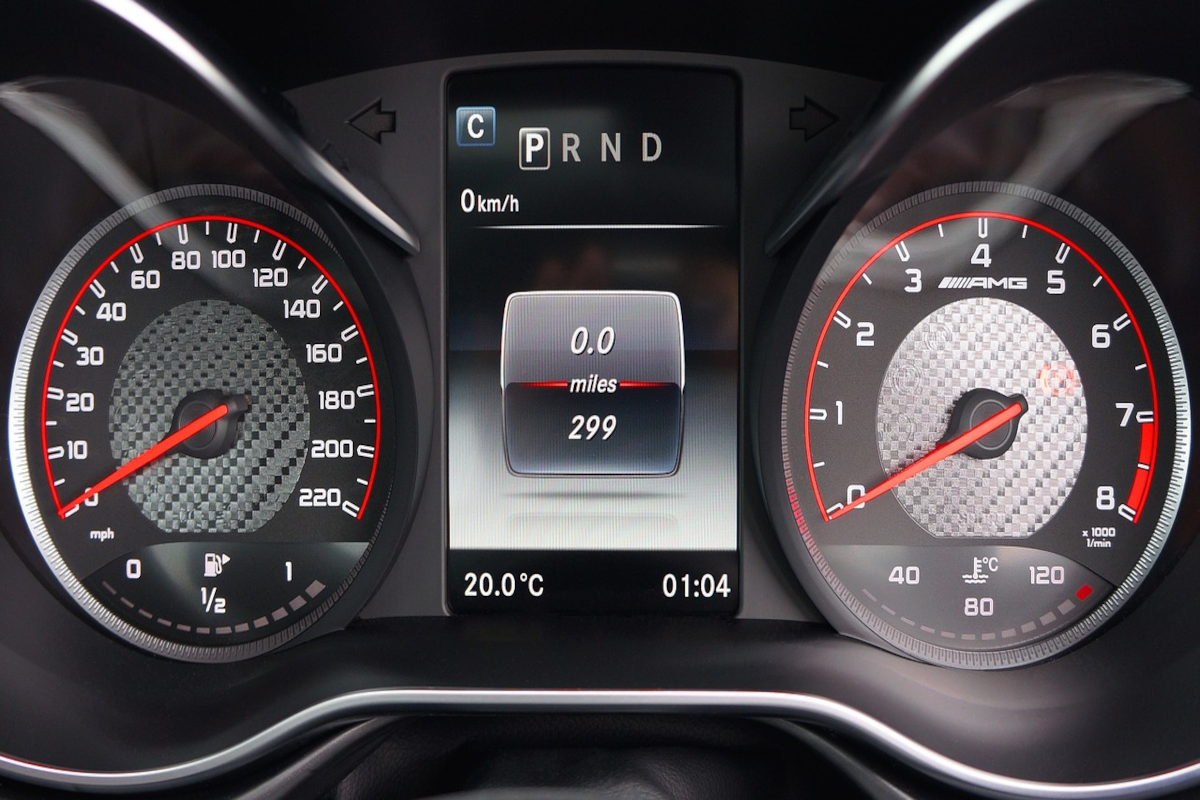
Nowadays, because of the vehicle’s evolution and how there are now, cars that run on electricity while making everything else digital, the instrument cluster might not seem like what it was years ago.
But it still exists because of how important its function is to any kind of vehicle, whether it may be running on four wheels or if it runs on anything other than land.
Related:
- What Is Instrument Cluster With Extended Content? (Benefits Explained)
- How Do Instrument Cluster Stepper Motors Work? (Explained)
- How To Reset Instrument Cluster? (Solved)
What is an instrument cluster?
If you haven’t been inside a car or in the driver’s seat of one, you probably wouldn’t know what an instrument cluster is.
However, this is something that those who have driven or are regularly driving their vehicles would be familiar with even though they don’t even know what its name is.
The instrument cluster is the part of the car that contains all of the different gauges and indicators that will show you the overall status of the vehicle and what is currently happening as you are driving.
Most people would call this the “Dashboard”, “Dash”, “Gauge Cluster” or “Instrument Panel” but its operative term is actually instrument cluster because of how it has all of those instruments that are necessary for a driver to know what is happening as he drives.
Some instrument clusters use electronic and include digital readouts. Electronic instrument clusters are also called:
- Digital instrument panel
- Digital dash
Then there are hybrid instrument clusters where most of the information displayed is in digital format but the gauges are still analog.
Speedometer
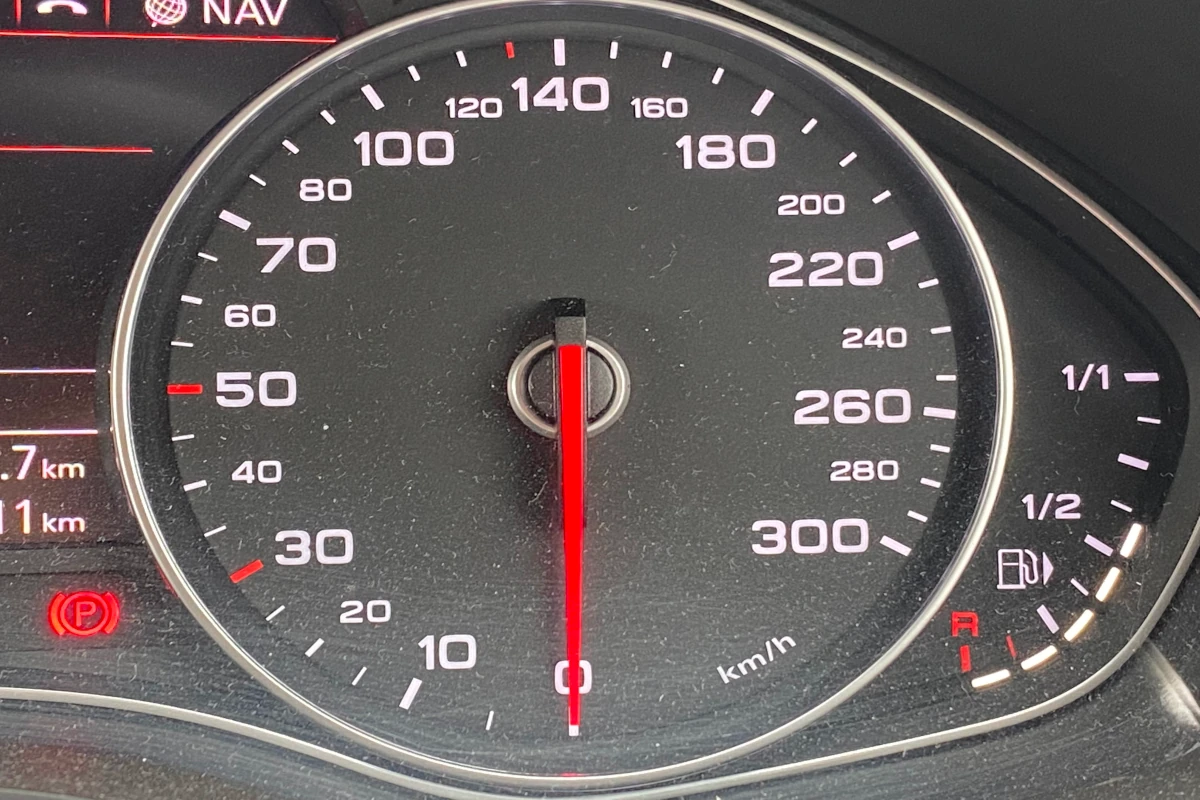
The speedometer indicates how fast the vehicle is moving
Odometer
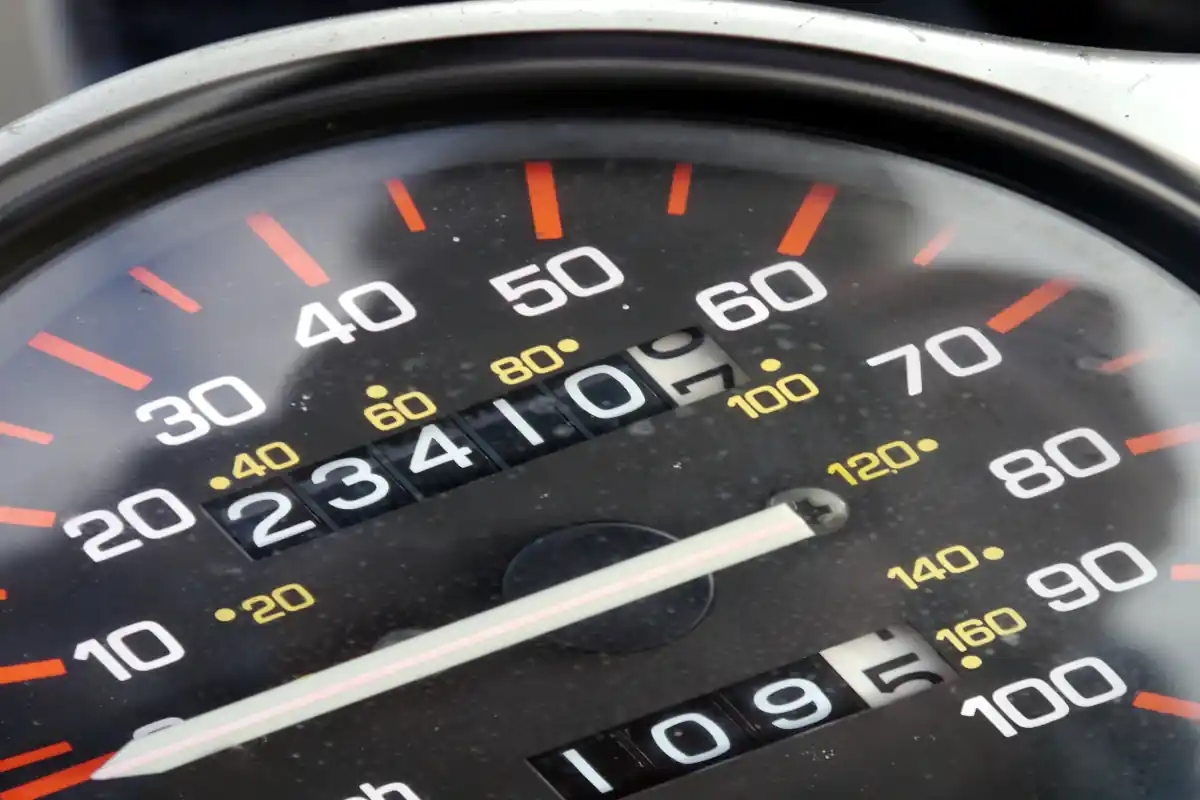
The odometer indicates how far the car has traveled
Tachometer
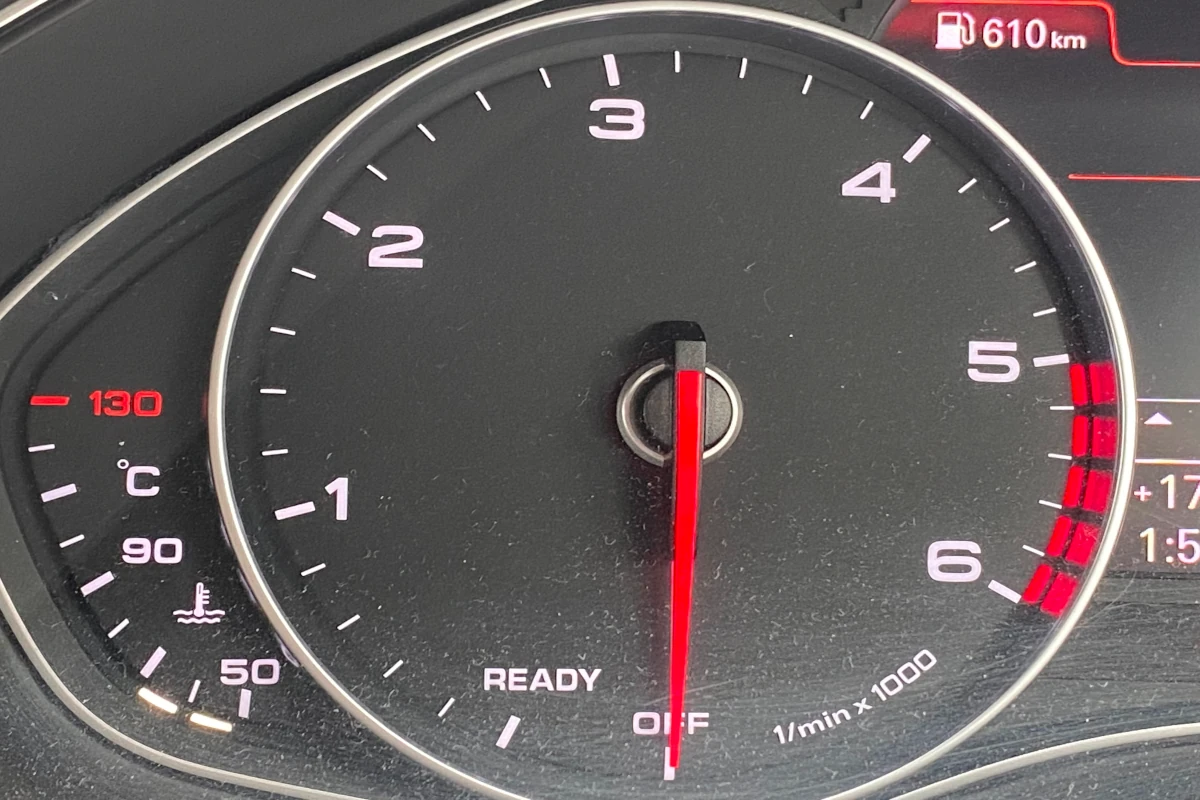
The tachometer indicates how fast the engine is turning
Trip Meter
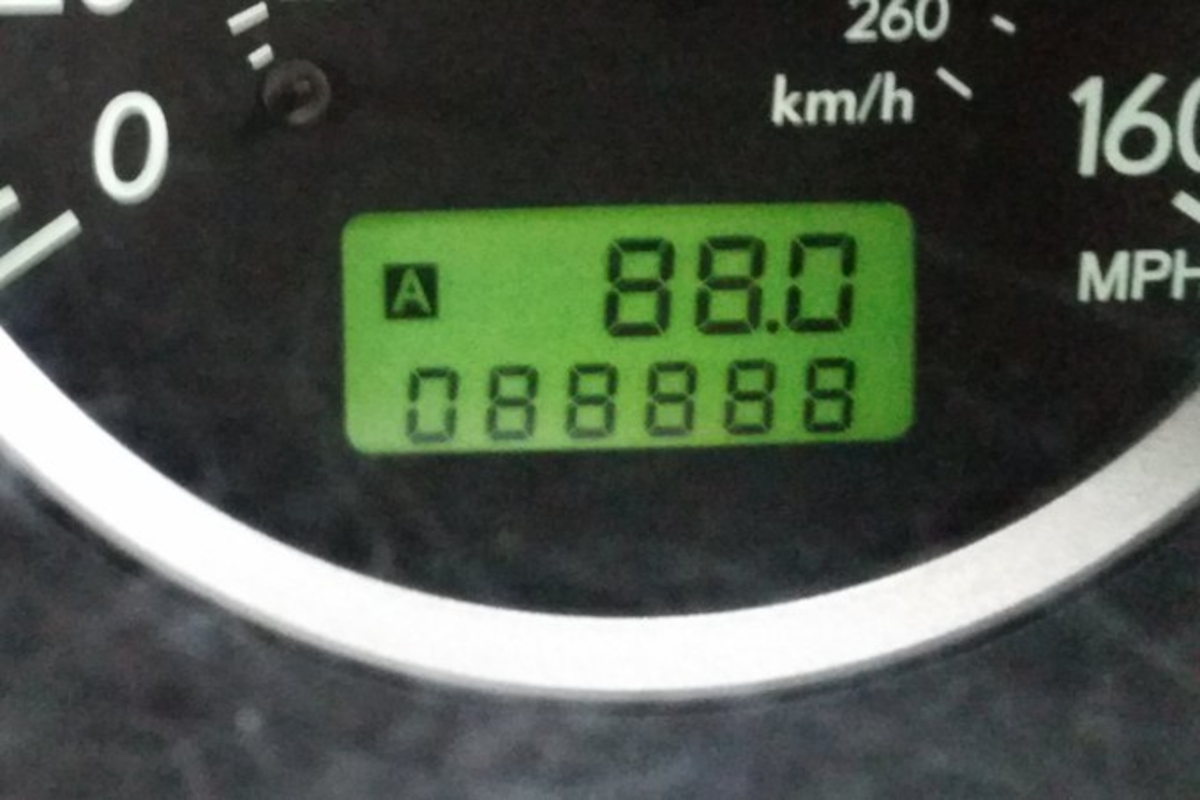
The trip meter is similar to an odometer where it counts miles but is specifically used to measure the distance between trips hence has fewer digits and can be reset with a push of a button.
Fuel gauge
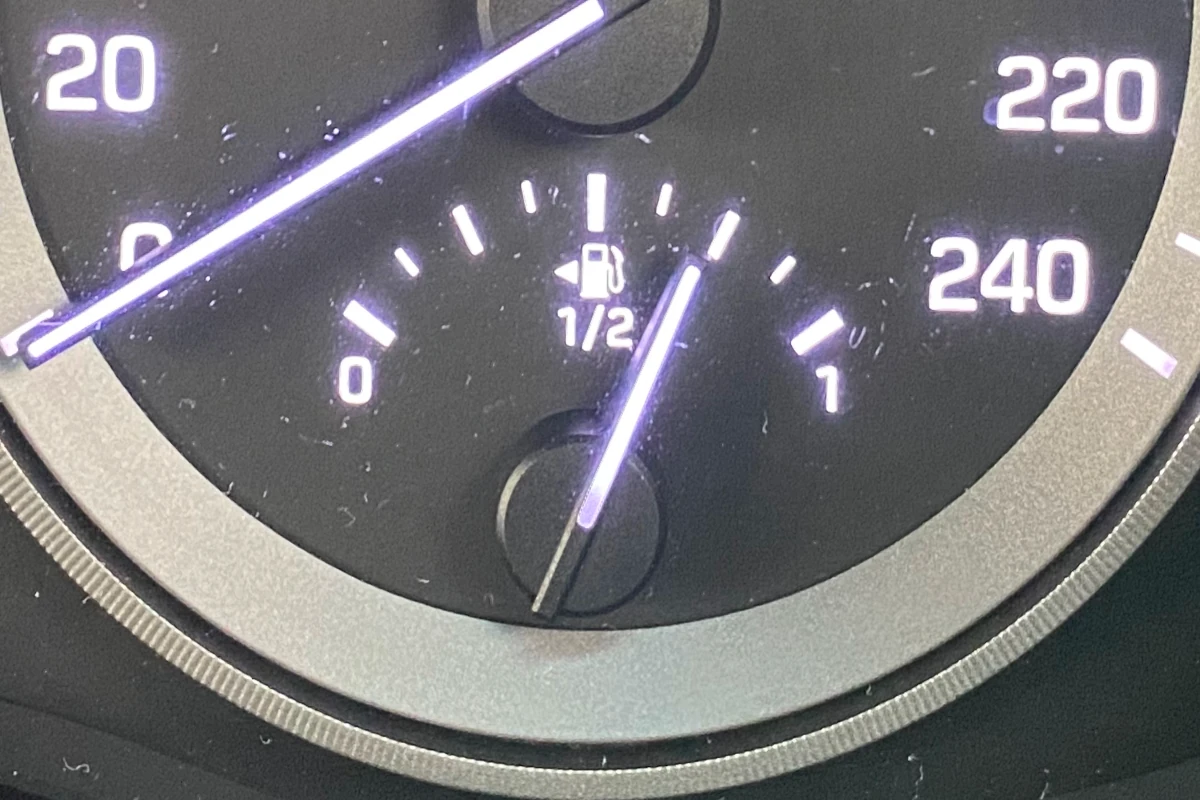
The fuel gauge indicates how much fuel is left in the vehicle
Oil pressure gauge
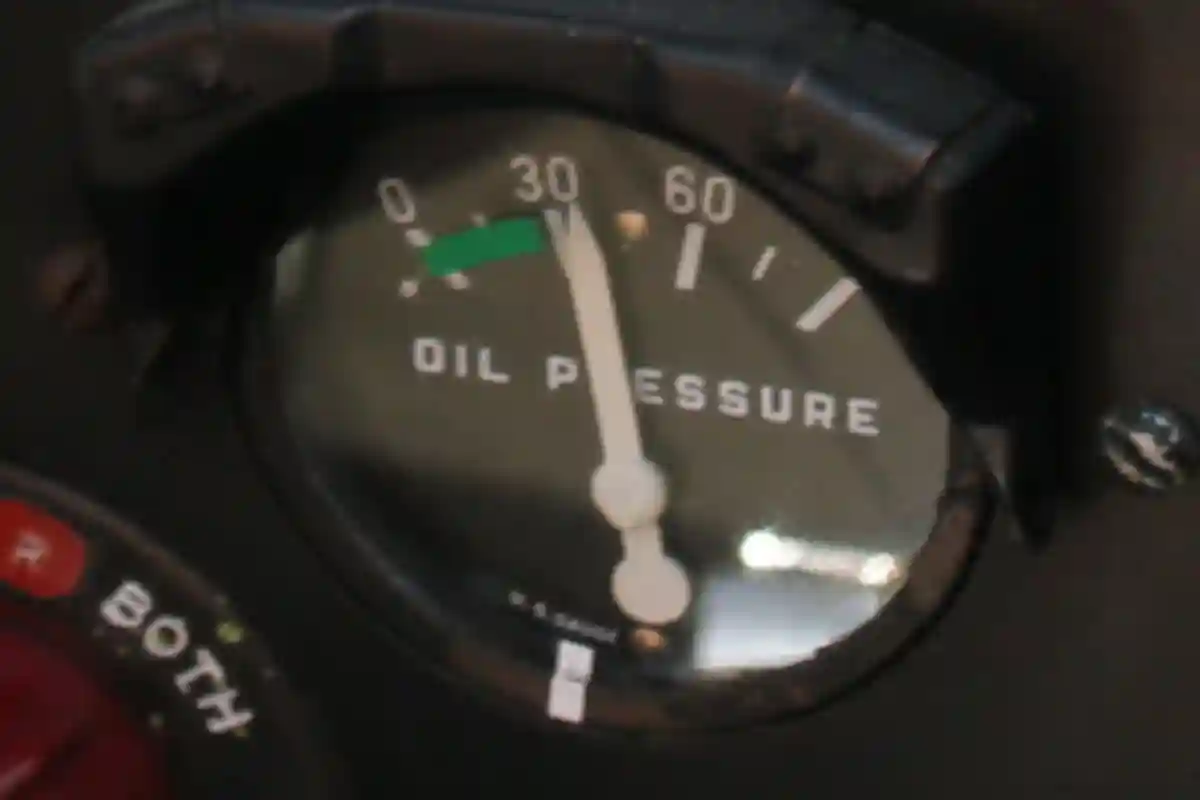
The oil pressure gauge indicates the pressure of the engine oil
Coolant temperature gauge
The coolant temperature gauge indicates the temperature of the engine coolant
Check engine light
The check engine light indicates that a problem has occurred that requires maintenance
Gear shift position
The gear shift position indicates which gear shift lever is in
Seat belt warning
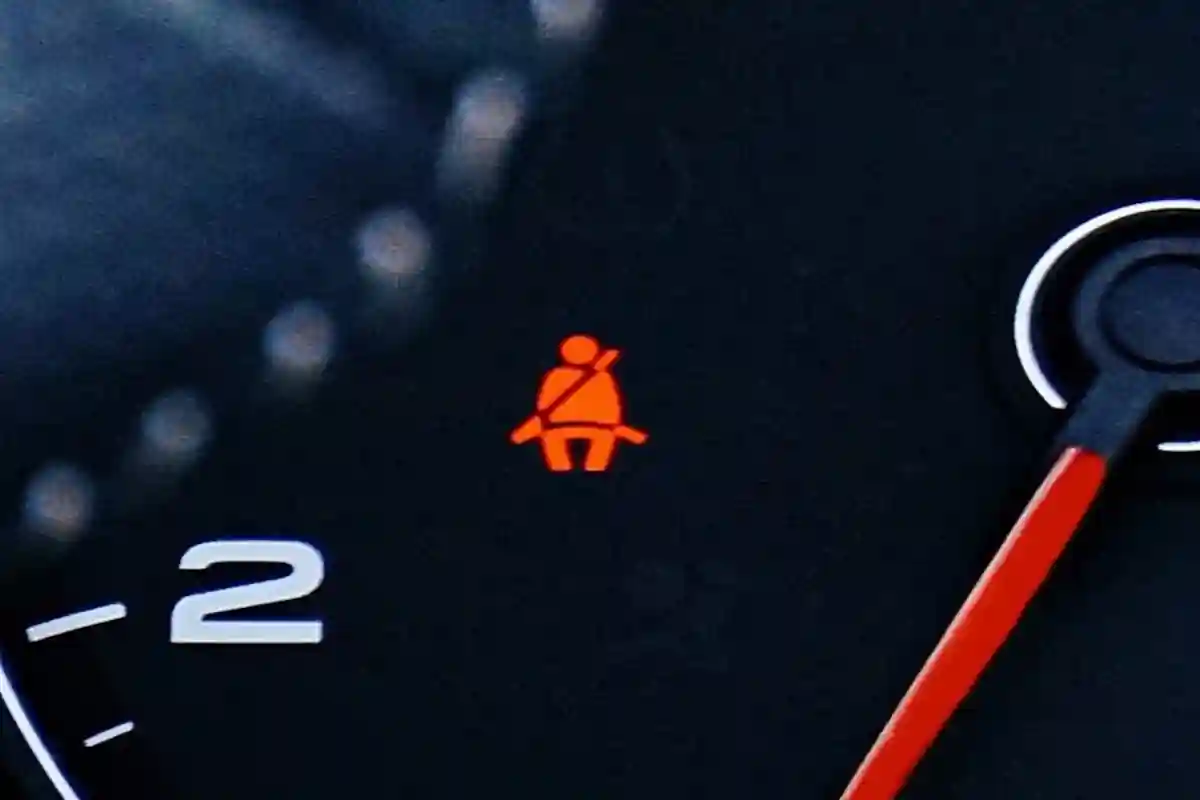
The seat belt warning indicates if the driver and /or passenger have fastened their seat belts
Tire pressure monitoring system (TPMS)
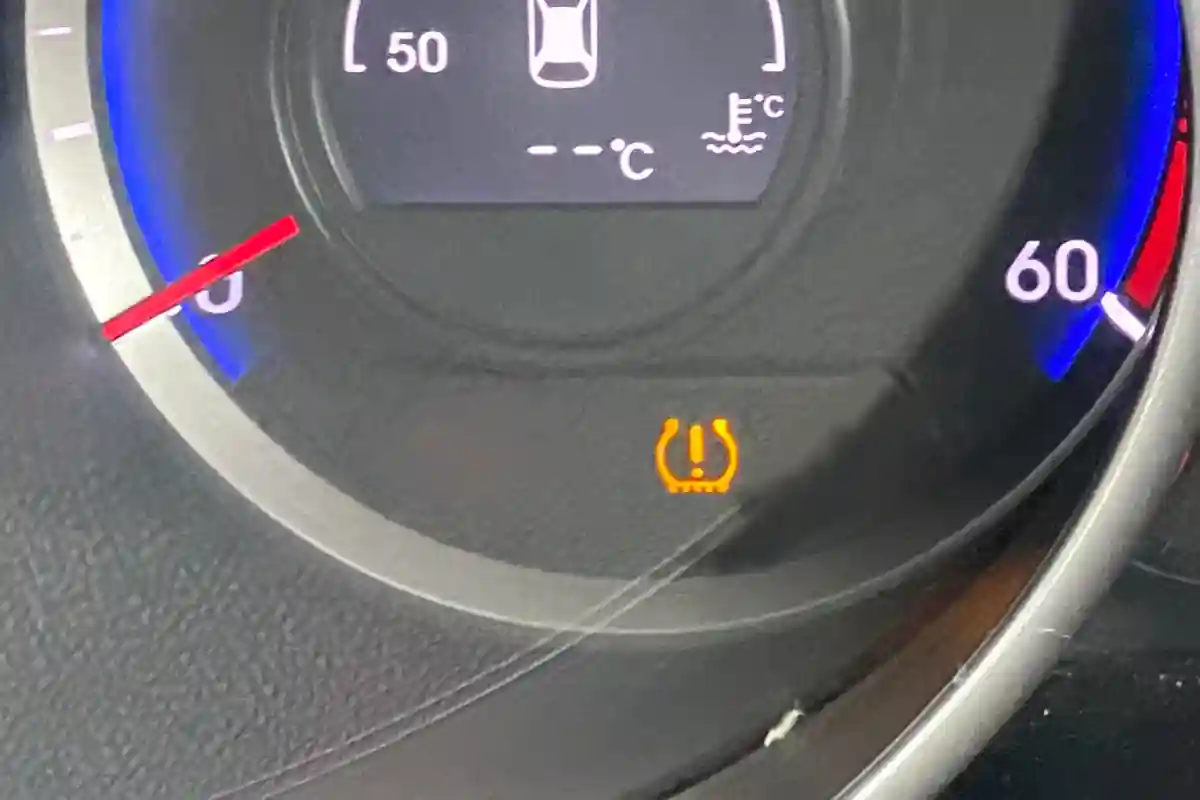
The tire pressure monitoring system (TPMS) indicates whether one or more tires has low pressure
High bean
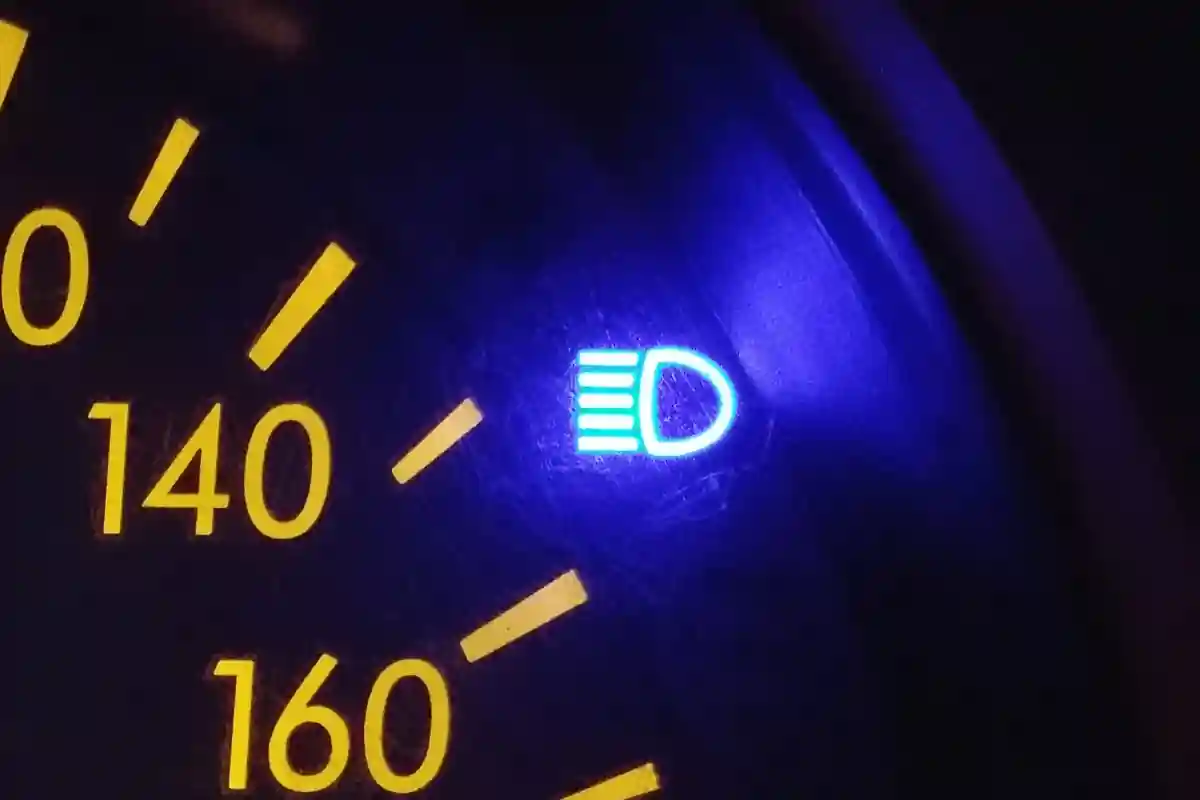
The high beam indicator indicates if the car headlights are set on a high bean
Turn signal indicators
The turn signal indicator indicates which direction you want to turn and the corresponding lights are blinking
However, most instrument clusters vary in terms of how they look depending on the car manufacturer.
But, most of the time, the instrument cluster is found in a spot where it is pretty visible to the driver and won’t be too hard to see as the driver is driving.
That is why it is usually in front of the driver, just behind the steering wheel and under the dash.
Still, because of how instrument clusters vary from one manufacturer to another, some instrument clusters are now digital or electronic in such a way that they would no longer have the classic gauges that you see in traditional instrument clusters.
But the fact is that the function is still the same.
What does the instrument cluster do?
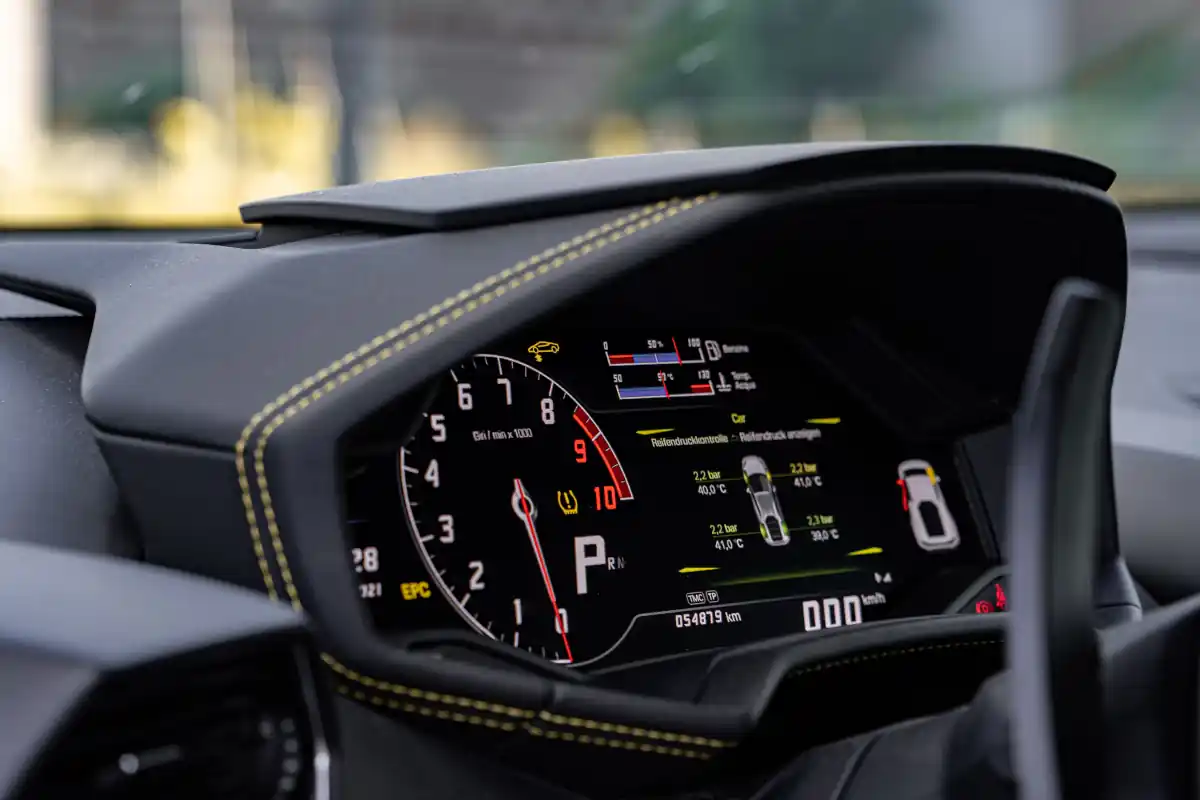
Now that we have talked about what an instrument cluster is, you might wonder what exactly an instrument cluster does.
As mentioned, an instrument cluster is the part of the car that shows precisely what is happening as you are driving.
This includes the vehicle’s speed, the distance you have driven, and the available fuel you have left.
However, there are also many other things going on when it comes to an instrument cluster, as it also indicates the car’s status and other things such as the heat.
In short, the instrument cluster is what houses the many different displays and indicators that are necessary for the driver as he is driving so that he can know precisely what is currently happening to the car.
These gauges, displays, and indicators are all necessary and essential for the one operating the vehicle.
As such, every vehicle in the world has an instrument cluster, and it will vary depending on the type of vehicle you are driving.
That is why cars, motorcycles, motorboats, and airplanes all have instrument clusters necessary for the one operating them to know the vehicle’s status.
Even something as small and as simple as a golf cart has an instrument cluster of its own.
Without an instrument cluster, it will be challenging to know what is happening to the vehicle as the driver is operating it.
He won’t know what speed he is going and how far he has already driven.
Of course, the instrument cluster also tells the driver whether or not he has enough fuel left on the tank.
Honestly, a car can still operate without one. However, it would be pretty challenging to drive a vehicle without an instrument cluster as it would be akin to driving with blindfolds because you will be blind to what is happening to your car.
In that sense, you could see how important an instrument cluster is in terms of what it means to a vehicle even though it doesn’t do anything else aside from telling the driver the car’s status and what is currently happening to it while the driver is operating it.
Types of instrument clusters
The design and type of instrument cluster used on a car or any other vehicle vary depending on the type of vehicle it is and the car manufacturer.
That’s why there are many different types of instrument clusters.
Of course, new types of instrument clusters have also emerged to take over the older and more traditional ones because of how technology has evolved.
A traditional or analog instrument cluster is the one that most people are used to because of how it is still seen in many different cars nowadays.
Basically, an analog instrument cluster displays the vehicle’s status by using analog gauges and signal lights.
Meanwhile, there are now instrument clusters that run electronically such that they will still display the same kind of gauges and signal lights but are now powered by electricity.
As technology has evolved, so has the instrument cluster in many of the newer and more expensive cars nowadays.
You can now see purely digital instrument clusters in some vehicles as they would display the speedometer, tachometer, odometer, and all of the other instruments commonly found in a car in a digitized format.
This format can depend entirely on the manufacturer as some would make use of LCD screens to simulate the same gauges and lights that most drivers are used to.
In contrast, other manufacturers use numbers that are flashed on the screen instead of just meters.
There are even cars that actually make use of touchscreen pads that contain everything that the driver needs to know about the vehicle.
The newer electric cars are examples of this as the car’s entire dashboard is empty except for a smart touchscreen pad that displays everything you need to know about the car and what is happening as you are driving.
Can you drive with a bad instrument cluster?
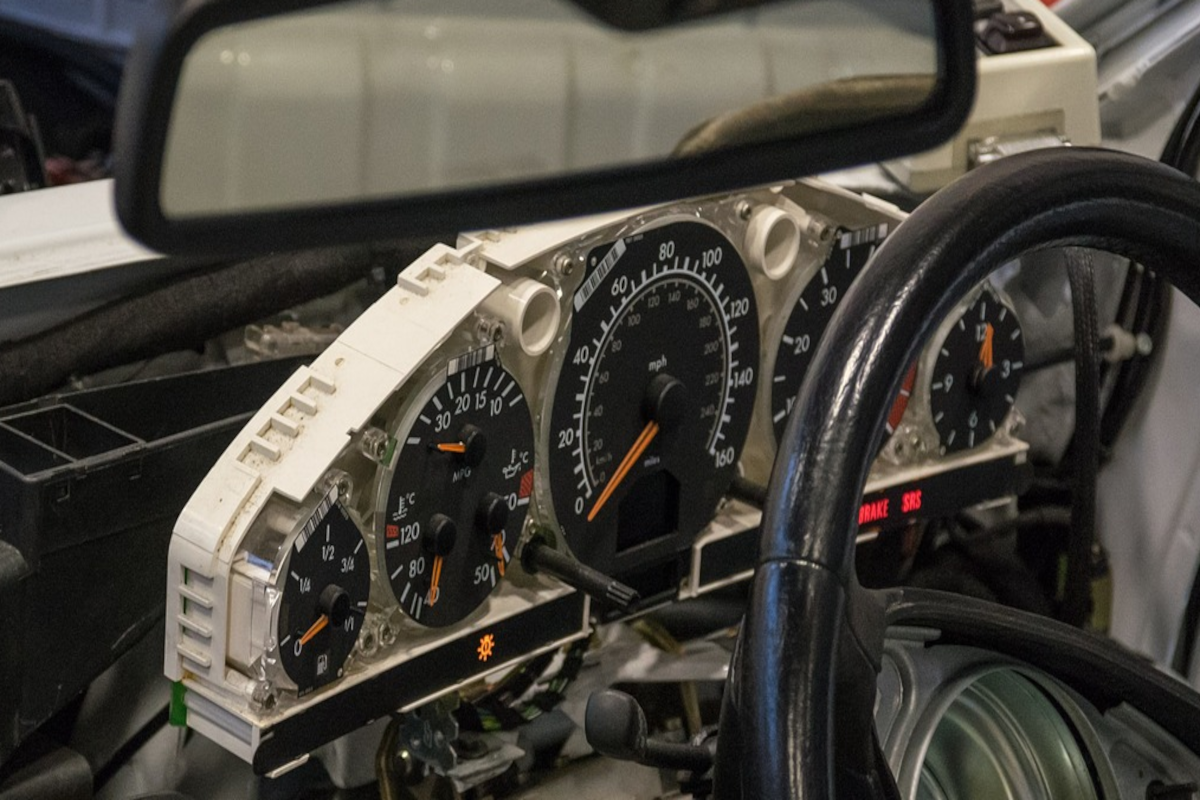
So, now that you know what an instrument cluster is, what happens if your instrument cluster is busted? Can you still drive even when your car has a bad instrument cluster?
Technically, yes, you can still drive with a bad instrument cluster because the car will still operate well enough without the instrument cluster.
But as to whether or not you can drive safely and effectively without an instrument cluster, then you can’t.
That’s because the instrument cluster is necessary for you to know how fast you are going and how much fuel you have left in your tank.
You also won’t tell whether or not there is a problem with your vehicle because the instrument cluster is also responsible for signaling you when something is wrong with the vehicle.
As such, while you can still drive your car if the instrument cluster is valid, you won’t be able to drive safely and effectively without it.
You will only get yourself in trouble or accidents if you don’t have a working instrument cluster.
How do you know if your instrument cluster is bad?
While you already know that you shouldn’t be driving if your instrument cluster is bad, how would you even know if there is something wrong with the instrument cluster in the first place?
Are there clear signs that would indicate that your instrument cluster is bad?
Yes, there are. And, most of the time, it is actually quite obvious that the instrument cluster is bad or that there is something wrong with it.
A good example is when the indicator lights are seemingly burnt out or when the gauges are obviously not showing the right value, such as when the arrow has gone past or has gone below the maximum or minimum values when the vehicle’s engine is off.
And sometimes, even when you have just refueled, you can clearly see that the fuel gauge seems off.
More examples of odometer which is part of the instrument clusters can be found here – odometer going too fast or going crazy.
You yourself can also tell that the instrument cluster is busted, especially if you are already a seasoned driver.
If you are used to driving at constant speeds but the instrument cluster shows a wrong value relative to the speed you are used to, you would know that there is something wrong with it.
As such, when you have a busted instrument cluster, the most prudent thing to do next is to have it checked or reset.
There will be some instances where only one of the gauges has gone bad, but there are some cases where the entire cluster is busted.
Your vehicle mechanic will tell you if it can still be repaired or if you need to get a replacement for the entire instrument cluster itself.
Sources
Why You Shouldn’t Drive Your Car With A Damaged Instrument Cluster

